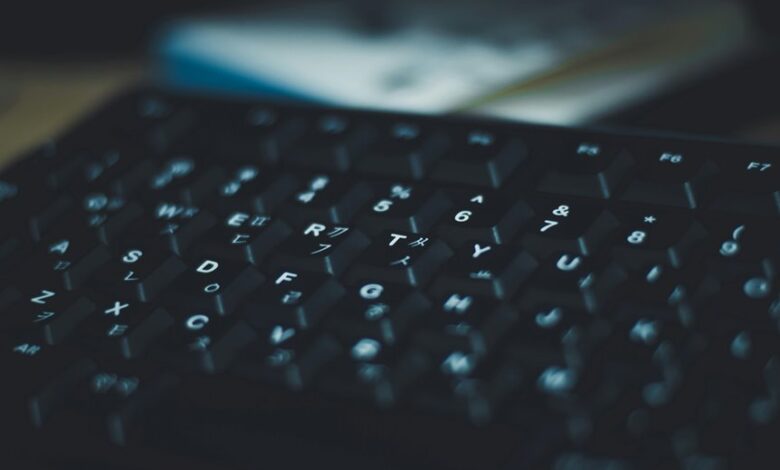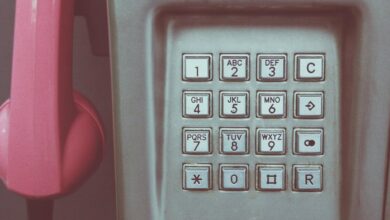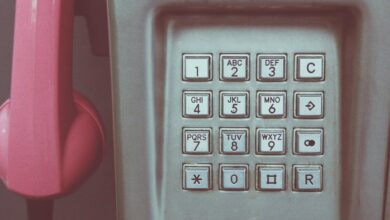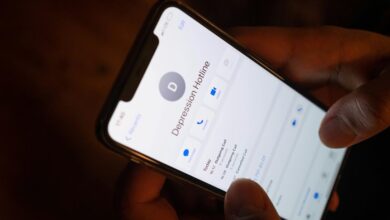Qwerasdfzxcvtyuighjkbnmopl

The sequence “Qwerasdfzxcvtyuighjkbnmopl” raises intriguing questions about digital communication. It embodies the spontaneous act of keyboard mashing, often perceived as chaotic. Yet, this randomness might serve a deeper purpose in online interactions. How does such seemingly nonsensical input impact our understanding of creativity and connection? Exploring these implications could reveal unexpected insights into human behavior in the digital age. What lies beneath this playful facade?
The Nature of Keyboard Mashing
Keyboard mashing, often characterized by a chaotic flurry of keystrokes, raises intriguing questions about its role in digital communication.
This phenomenon, marked by random typing, can reflect emotion, urgency, or even humor. Observers may wonder if keyboard chaos serves a purpose beyond mere frustration.
Is it an outlet for creativity, or merely a digital distraction in an increasingly structured online world?
Decoding the Digital Language
The complexities of digital communication warrant exploration to understand their implications on user experience.
How do various forms of digital expression shape interactions and perceptions?
Analyzing these elements may reveal insights into the evolving landscape of communication in the digital age.
Understanding Digital Communication
In the realm of modern interaction, digital communication has emerged as a pivotal element of human connection. This form of communication necessitates an understanding of digital etiquette, which guides users in maintaining respect and clarity in their online presence.
As individuals navigate this landscape, questions arise about the nuances of tone, context, and the implications of their digital interactions on relationships.
Impact on User Experience
Digital communication not only shapes how individuals connect but also significantly influences user experience across various platforms.
By examining user preferences and design choices, one can uncover feedback loops that enhance engagement metrics. However, accessibility issues and cognitive load remain critical challenges.
Usability testing reveals interaction patterns that can optimize experiences, ensuring that digital interfaces accommodate diverse needs and foster a sense of freedom.
Creative Expressions in Online Communication
While many may underestimate the power of online communication, it serves as a vibrant canvas for creative expression. From digital art to expressive memes, individuals craft their online identities through innovative tools. Creative emojis, animated GIFs, and virtual storytelling flourish across interactive platforms, fostering collaborative projects that connect users. How does this artistic freedom influence perceptions of self and community?
| Creative Medium | Purpose |
|---|---|
| Digital Art | Visual Identity |
| Expressive Memes | Humor & Commentary |
| Animated GIFs | Looping Narratives |
The Role of Randomness in Technology
In technology, randomness serves a crucial function, particularly in algorithms and security measures.
The unpredictable nature of random elements can enhance algorithm efficiency and create robust security protocols.
What implications does this reliance on randomness have for the future of technological development?
Randomness in Algorithms
A significant aspect of modern algorithms is their reliance on randomness, which plays a crucial role in enhancing performance and efficiency across various technological applications. This randomness introduces algorithmic unpredictability, enabling improved outcomes through techniques like random sampling.
| Technique | Purpose | Examples |
|---|---|---|
| Random Sampling | Data representation | Surveys, A/B testing |
| Monte Carlo Methods | Problem-solving | Simulation, optimization |
| Randomized Algorithms | Performance improvement | QuickSort, hash tables |
Security Through Unpredictability
How does unpredictability bolster security in the digital realm? Unpredictable passwords and chaotic encryption enhance secure communications by employing cryptographic randomness.
Such elements create security layers, making unauthorized access increasingly difficult. Random access to data, combined with unpredictable algorithms, fosters digital anonymity.
Ultimately, embracing unpredictability fortifies defenses against cyber threats, ensuring that sensitive information remains protected amidst an ever-evolving technological landscape.
Impacts of Jumbled Sequences on User Experience
While users often rely on coherent sequences for efficient navigation, the presence of jumbled sequences can significantly disrupt their experience. Jumbled patterns lead to user confusion, increased cognitive load, and heightened frustration levels. Such interaction challenges create readability issues and accessibility barriers, ultimately resulting in engagement drop-offs.
| Impacts | Effects | Solutions |
|---|---|---|
| User Confusion | Increased Cognitive Load | Simplified Navigation |
| Frustration Levels | Engagement Drop-offs | Consistent Patterns |
| Readability Issues | Interaction Challenges | Clear Instructions |
Embracing Complexity in Digital Interactions
As digital interactions evolve, the integration of complexity can enhance user engagement and foster innovative experiences.
By embracing interactive complexity, users are invited to navigate digital chaos, which often leads to deeper connections and creative problem-solving. This approach challenges conventional design, encouraging freedom of exploration.
Ultimately, the balance between simplicity and complexity may redefine how individuals interact within digital environments.
Conclusion
In the juxtaposition of chaos and coherence, keyboard mashing emerges as both a spontaneous release and a playful disruption of traditional communication. This seemingly nonsensical string of letters invites curiosity, challenging the boundaries of digital expression while simultaneously fostering community. As users navigate the delicate balance between structure and randomness, they reveal a deeper complexity in their interactions, prompting questions about the evolving nature of language in a technology-driven world. What does this creative chaos say about our connections?




